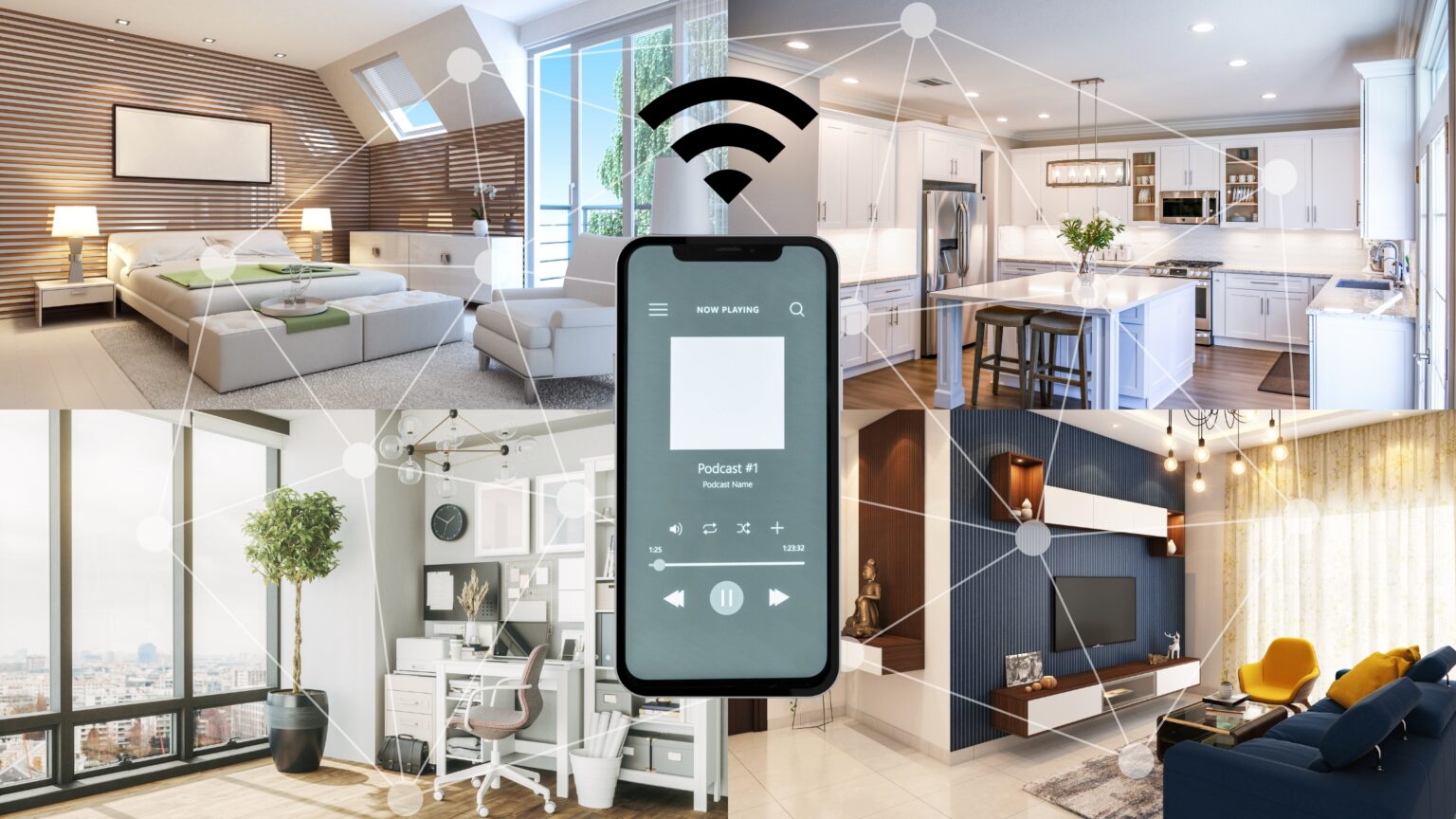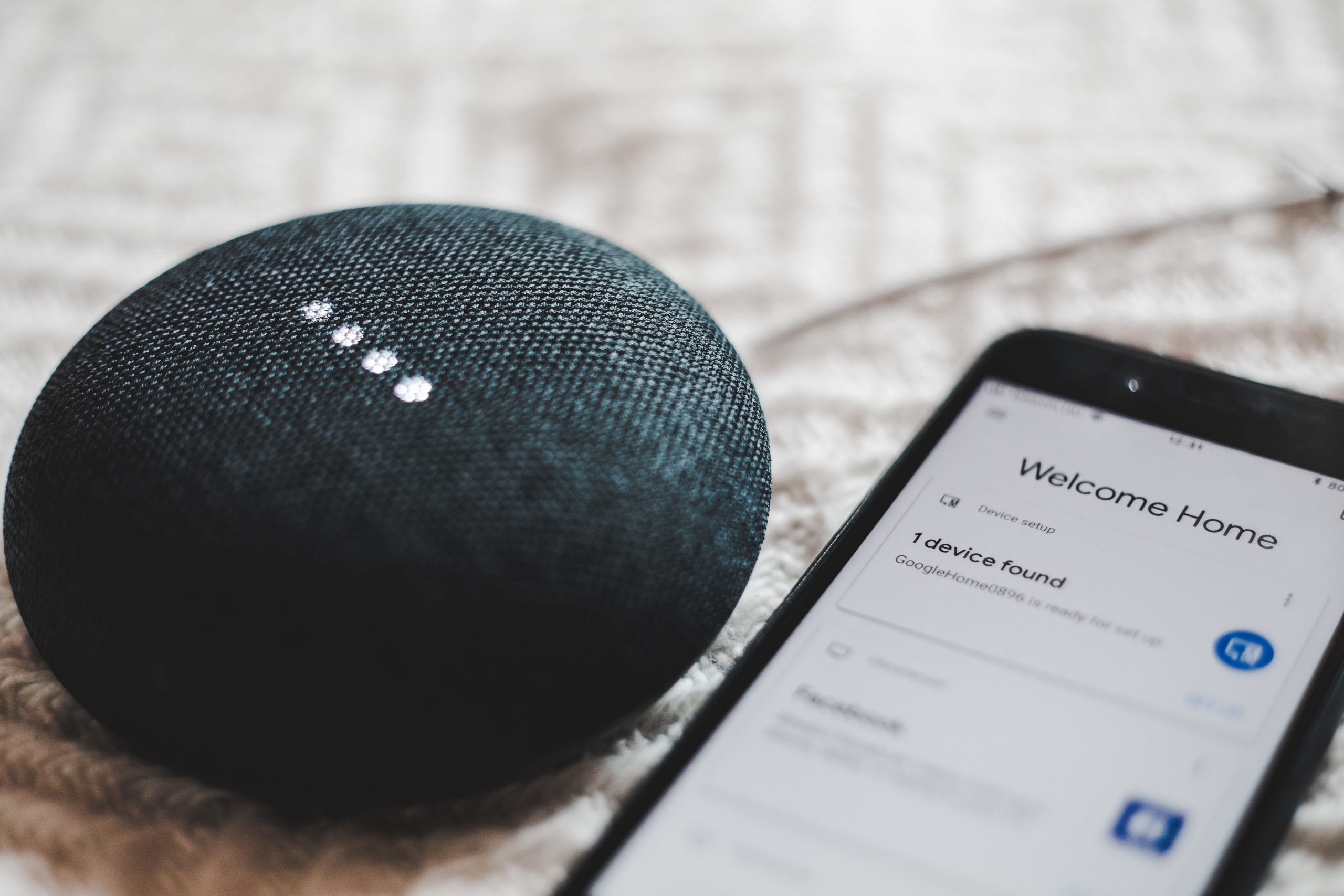Multi Room Audio
Multi-room audio refers to a setup where audio is streamed or played simultaneously in multiple rooms within a home or building. It allows for the same music or sound to be heard throughout the space, or different audio in different rooms, all controlled from one central device or app. This setup is often used to create a seamless audio experience and is particularly popular for smart homes.
Wireless Systems: Most modern multi-room audio systems are wireless, connecting through Wi-Fi or Bluetooth. This avoids the need for complex wiring, making installation simpler.
Control via Apps: You can control the audio from an app on your phone or tablet, allowing you to select music, volume, and which rooms the sound plays in.
Popular Systems:
Amazon Echo & Google Nest Speakers: These smart speakers support multi-room audio, and you can group devices together for synchronized playback across different rooms.
Apple AirPlay 2: For users in the Apple ecosystem, AirPlay 2 allows you to stream audio to multiple compatible devices at the same time.
Different Playback Options: Some systems let you play the same audio in every room (synchronized), while others let you choose different music in each room, or a combination of both.
Integration with Smart Home Devices: Multi-room audio can often be integrated into a broader smart home system, allowing for voice control and automation.



Voice Control
Voice control in the context of multi-room audio allows you to manage your audio playback using voice commands instead of physical controls or an app. It adds convenience, allowing you to adjust the music, change volume, and control playback across multiple rooms without needing to touch a device.
Here’s how voice control works with popular multi-room audio systems:
Amazon Alexa, Google Assistant, Apple Siri
Key Features of Voice-Controlled Multi-Room Audio:
- Hands-Free Control: You don’t need to pick up a phone or use physical buttons.
- Room-Specific Commands: You can specify which room or group of rooms you want to control (e.g., living room, kitchen, etc.).
- Seamless Integration: Works well with existing smart home ecosystems, and you can integrate it with other devices (like lights or thermostats).



